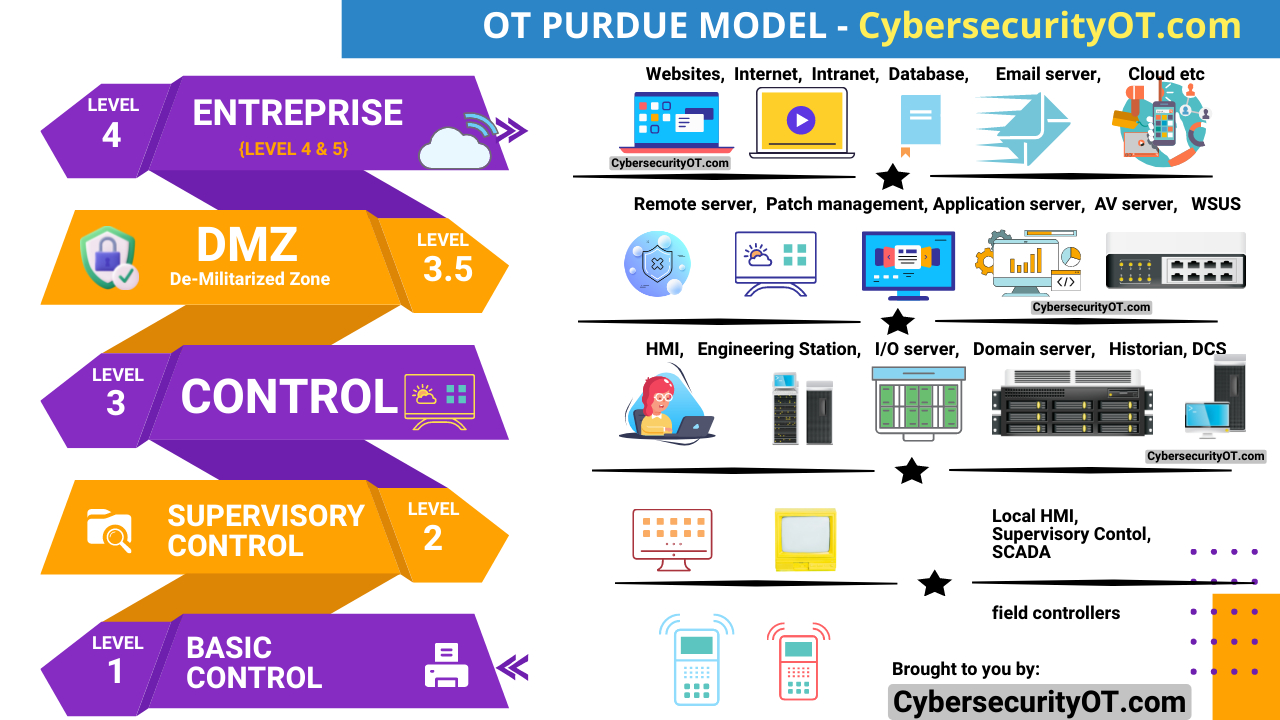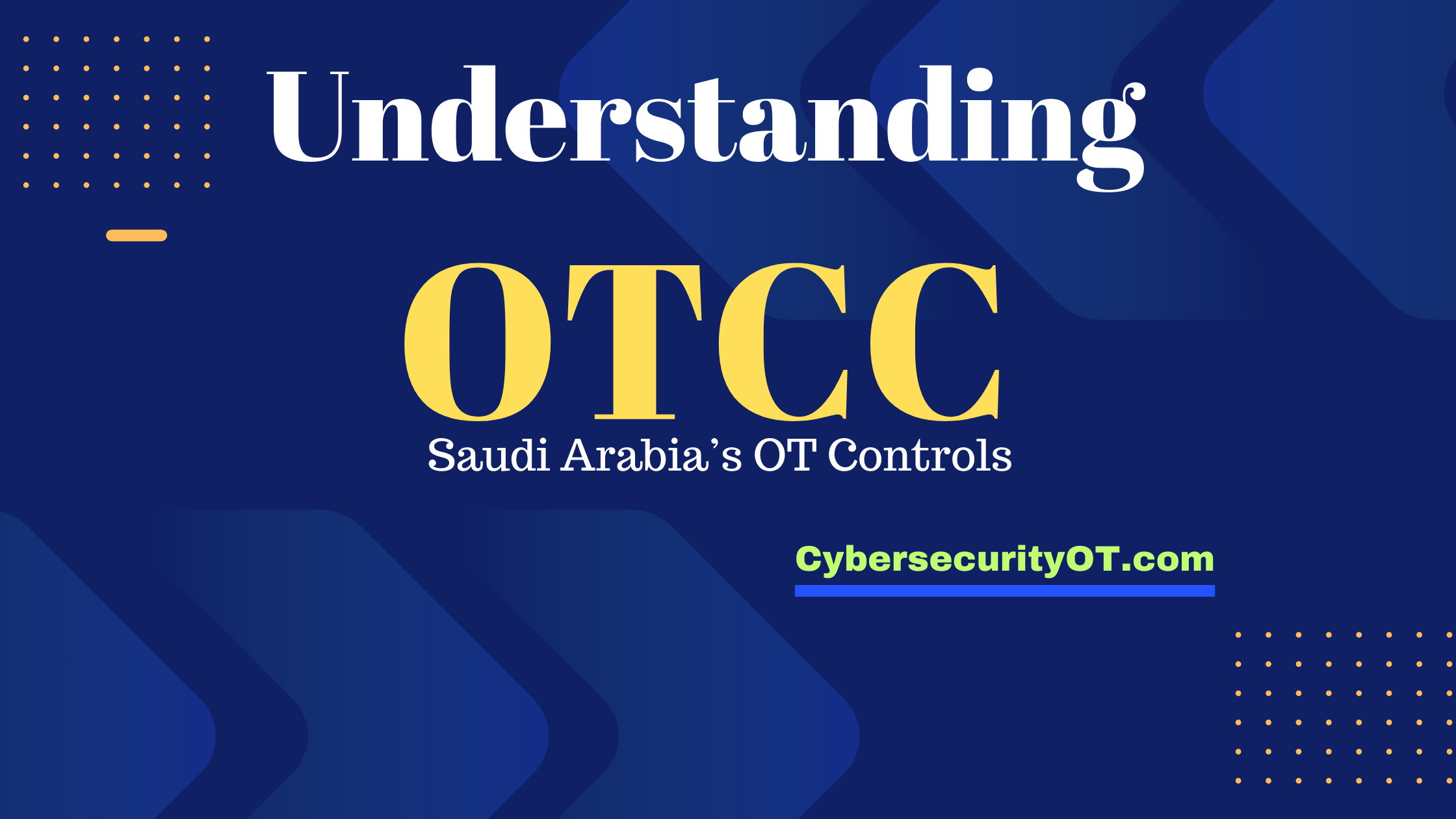An Advanced Persistent Threat (APT) refers to a sophisticated and targeted cyber attack carried out by skilled and well-resourced adversaries. Unlike traditional attacks that seek immediate gains, APTs are characterized by their stealthy nature, long duration, and persistence in infiltrating and compromising targeted systems or networks. APT attackers aim to establish a long-term presence within the target environment to gain unauthorized access, gather sensitive information, or disrupt operations.
Here is a breakdown of the components of an APT:
- Advanced: APTs employ advanced techniques, tools, and methodologies that often go beyond standard malware or hacking techniques. They leverage zero-day exploits, custom malware, and sophisticated evasion tactics to evade detection by traditional security measures.
- Persistent: APTs are characterized by their prolonged presence within the target environment. The attackers exhibit patience and resilience, adapting their tactics as necessary to maintain access and avoid detection.
- Threat: APTs pose a significant threat to targeted organizations due to their stealthy nature and the potential for extensive damage or compromise of sensitive data, intellectual property, or critical systems.
A real-world example of an APT is the Stuxnet worm discovered in 2010. Stuxnet specifically targeted industrial control systems (ICS) and was designed to sabotage Iran’s nuclear program. It spread via infected USB drives and exploited zero-day vulnerabilities in Windows. Stuxnet’s sophisticated design and tailored functionality made it difficult to detect and remove, demonstrating the advanced nature of APTs.
Protecting systems from APTs requires a multi-layered and proactive approach. Here are some essential measures to consider:
- Threat Intelligence and Monitoring: Stay informed about the latest APT trends, attack techniques, and indicators of compromise (IOCs). Leverage threat intelligence feeds, security research, and incident response communities to enhance your understanding of APT activities.
- User Education and Awareness: Train employees on the risks associated with APTs, including phishing, social engineering, and targeted attacks. Encourage a security-conscious culture, promote strong password practices, and emphasize the importance of reporting suspicious activities.
- Secure Configuration Management: Implement and enforce secure configurations for all systems and devices. This includes regularly patching software, disabling unnecessary services, and removing or updating default credentials to minimize potential vulnerabilities.
- Access Control and Privileged Account Management: Implement strong access controls and least privilege principles to limit user privileges and restrict access to critical systems and data. Use multi-factor authentication (MFA) for privileged accounts and regularly review and revoke unnecessary privileges.
- Network Segmentation: Segment your network into separate security zones or segments to limit the lateral movement of attackers. Use firewalls, VLANs, and access controls to isolate critical systems and protect sensitive information.
- Intrusion Detection and Prevention Systems (IDPS): Deploy IDPS solutions to monitor network traffic and detect anomalies or indicators of APT activity. Configure IDPS rules to detect known attack patterns and behaviors associated with APTs.
- Incident Response Planning: Develop and test an incident response plan specifically tailored to APT incidents. This includes establishing an incident response team, defining roles and responsibilities, and conducting regular drills and exercises to improve incident response readiness.
- Continuous Monitoring and Threat Hunting: Implement continuous monitoring mechanisms to detect and respond to APT activities in real-time. Leverage security information and event management (SIEM) systems, log analysis, and threat-hunting techniques to identify potential indicators of compromise.
- Vendor and Supply Chain Security: Assess and manage the security risks associated with third-party vendors and suppliers. Perform due diligence on their security practices, implement strong contractual agreements, and regularly audit their security controls.
- Regular Security Assessments: Conduct regular vulnerability
- assessments, penetration tests, and security audits to identify and remediate weaknesses in your systems and networks. This helps ensure that security controls are effective against APT threats.
- By implementing these measures and maintaining a proactive security posture, organizations can significantly reduce the risk of falling victim to APTs and mitigate the potential impact of these sophisticated attacks.













